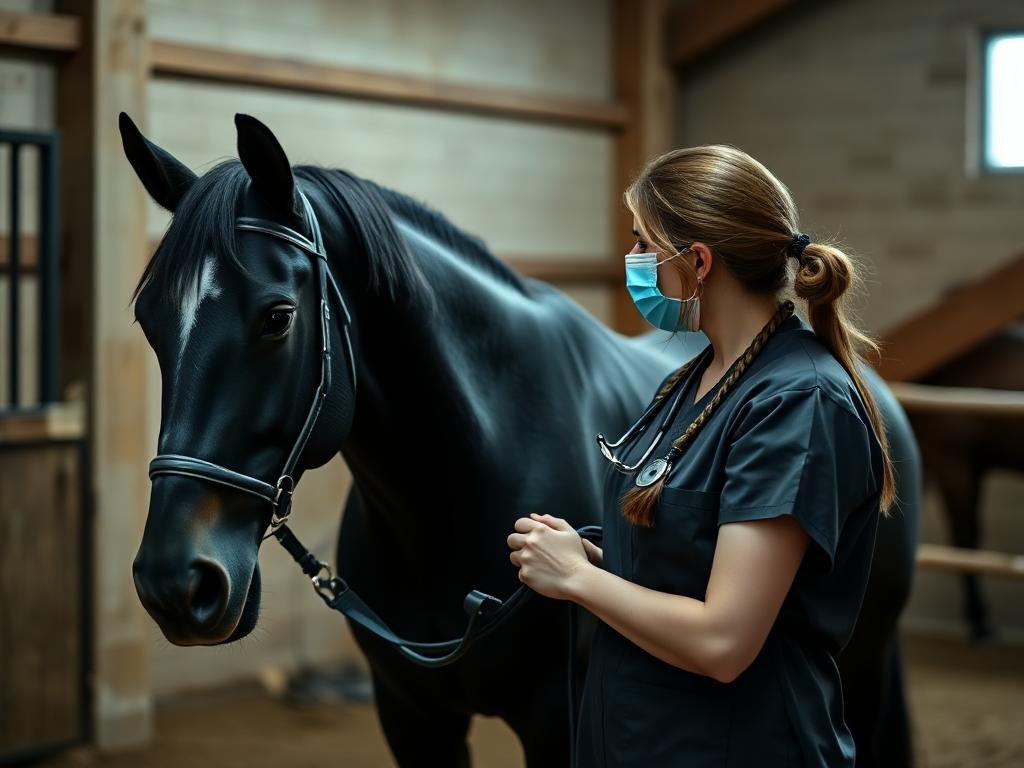Bute is shorthand for the chemical phenylbutazone and is a well-known NSAID, commonly used in horses. It has been approved effective for use by the Food and Drug Administration and is commonly used for the treatment of inflammation that affects the skeletal system. With forms of tablets, injectables, powders, or pastes, Bute is widely used in equine practice.
Mechanism Behind Bute
Phenylbutazone can act as a non-selective NSAID. It is a non-selective inhibitor of cyclooxygenase (COX) pathways in the body, chiefly the COX-2 part which is involved in synthesizing chemicals that cause inflammation. In this case, Equine Bute functions by blocking these pathways and therefore minimizes inflammation and pain. However, they are non-selective, as shown by inhibition of COX-1 leading to gastrointestinal complications and complications with the kidney.
Bute Administration to Horses
The proper directions for using Bute should be observed and can be seen on the container or from your veterinarian. Dosage will depend on many factors including the weight of the horse and the condition of the horse. As a rule, Bute is taken orally with food one or two times a day. If using an oral paste formulation, make sure that the horse’s mouth is empty in the process of administration.
Missed Dose Protocol H4
If you fail to administer Bute to your horse consult your veterinarian on the action to take. In most cases, they tell you that it can be taken even if you remember it at midday or it is missed if the next dose is due at a particular time. Do not give double doses unless on the doctor’s advice.

Potential Side Effects
While Bute is generally well-tolerated by horses, some side effects may occur:
- Gastrointestinal Issues: They can develop mouth or gastric ulcers and right dorsal colitis, which would manifest as diarrhea, dehydration, drowsiness, and loss of appetite.
- Kidney Concerns: It may cause kidney disease when it is used in the long run.
- Changes in Appetite: There are cases when horses develop anorexia or diarrhea, or they can be given food that changes the color of their droppings.
- Injection Site Reactions: As a side effect of injection use, there might be some swelling or inflammation at the point of injection.
Some of the side effects that may be noticed include signs of gastrointestinal upset or jaundice; if you observe any such symptoms, you should discontinue use and consult a vet.
Some Human Safety Considerations
Phenylbutazone, however, is a drug that is not approved for use in men. Swallowing by accident also demands urgent medical treatment. If this happens, seek medical advice or call 800-222-1222 the National Poison Control Center’s number.
Monitoring While on Bute
While follow-up monitoring isn’t mandatory for every horse consuming Bute, your veterinarian may prescribe periodic blood analyses depending on your horse’s condition. For instance, if there are concerns concerning the levels of white blood cells, simple blood tests might be advised when a client is entitled to the preliminary phases of treatment.
If your horse requires to be on Equine Bute for a long-term NSAID, your vet may talk to you about other drugs that can be used or protective measures that should be taken in relation to the health of the digestive system.
You may also like: How Fast Can a Horse Run?
WHEN TO CALL YOUR VETERINARIAN
You should reach out to your veterinarian if:
Severe side effects are observed by you.
– Your horse’s other health state depresses or does not respond positively to treatment.
– You suspect an overdose.
Do you have any questions regarding the actual drug?
List of overdose symptoms
The poisonous component called Bute is toxic when taken in excessive quantities. Common symptoms include:
– Colic
– Loss of appetite
– Stumbling or incoordination
– Depression
– Kidney disease
– Diarrhea or colitis
– Black or tarry stools
Consult your veterinarian, or an animal poison control center if you think your pet has overdosed.
Storage and Disposal
Parts used for storage of phenylbutazone must be clean and dry. Specific storage instructions should always be subjected to the instructions provided on the packaging material of the product. Those needles that were used should also be controlled and thrown in a manner that is compliant with federal and local laws. All medicines should be stored away from the sight of children and pets.
Conclusion
Nonetheless, bute (phenylbutazone) has continued to be a reference drug used in equine practice in the control of pain and inflammation of musculoskeletal conditions. Details on its correct application, possible negative consequences, and precautions will enhance the welfare of your horse. It’s always advisable to talk to the vet about whether you want to prescribe your equine buddy a new medication or not.
Frequently Asked Questions About Bute
Is a prescription necessary for Bute?
Phenylbutazone is a medication that can be purchased only with a prescription from a vet. Many owners have now turned to other more readily available preparations over the counter that are advertised as ‘buteless’ but these may not be as effective in their horses.


